ERROR_ABIOS_ERROR: 5 Easy Ways to Fix
Addressing all common underlying causes
3 min. read
Published on
Read our disclosure page to find out how can you help Windows Report sustain the editorial team. Read more
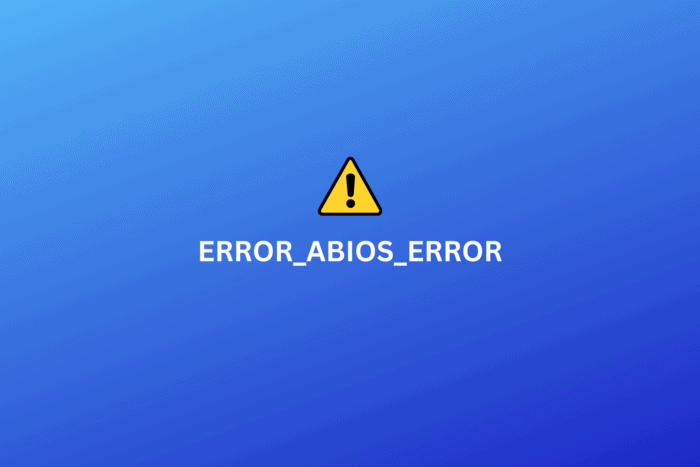
ERROR_ABIOS_ERROR (0x21A) occurs mostly because of corrupted ABIOS components, hardware issues, driver conflicts, or corrupt system files.
It originates from the Advanced Basic Incput/Outsput System (ABIOS) a feature used on legacy IBM PS/2 systems. While it’s uncommon these days, it can appear if you have outdated hardware or legacy software.
Let’s see how you can get rid of it.
How to fix ERROR_ABIOS_ERROR 0x21A
First, restart your PC and make sure your operating system is up to date. These simple steps could save you from a lot of hassle. If you already did and the error persists, check the advanced steps below:
1. Run a SFC scan
- In the search bar, type Command Prompt and select Run as Administrator.
- In the CMD prompt, type: sfc/scannow and press Enter.
- Wait for the process to complete.
Corrupted system files may interfere with ABIOS operations. The SFC tool scans and repairs such files.
2. Run app in compatibility mode
- Right-click the program and select Properties.
- Go to the Compatibility tab.
- Enable Run this program in compatibility mode for: and choose an older Windows version.
- Click Apply and OK.
If you get ERROR_ABIOS_ERROR on a particular app, try running it in compatibility mode. Legacy apps can display errors when running on recent operating systems.
3. Perform a clean boot
- Press Win + R, type msconfig, and hit OK.
- In the Services tab, check Hide all Microsoft services and click Disable all.
- Go to the Startup tab and open Task Manager.
- Disable all startup items and restart your PC.
This will restart your PC only with basic, necessary apps. You can re-enable apps one by one and identify the one causing the error. When you do, consider repairing it or replacing it with a more stable alternative.
4. Check for disk errors
- Type CMD in the search bar, and select Run as administrator.
- In Command Prompt, type chkdsk and press Enter.
- Wait for the process to complete and restart your PC.
5. Reset BIOS to default
- Press the Windows key + I to open Settings.
- Choose Update & Security.
- Select Recovery from the left pane.
- Under the Advanced startup, click Restart now.
- Choose Troubleshoot.
- Select Advanced options.
- Choose UEFI Firmware Settings and click Restart.
- Reset all settings to default and reboot your PC.
Incorrect BIOS settings may lead to ABIOS errors. Restoring to default can fix configuration problems.
Following the steps outlined above, you should be able to fix ERROR_ABIOS_ERROR. Compatibility issues and file corruption are the main culprits in this case, so we recommend you start there.
Let us know which solution worked for you, and if you have any more questions, don’t hesitate to ask.
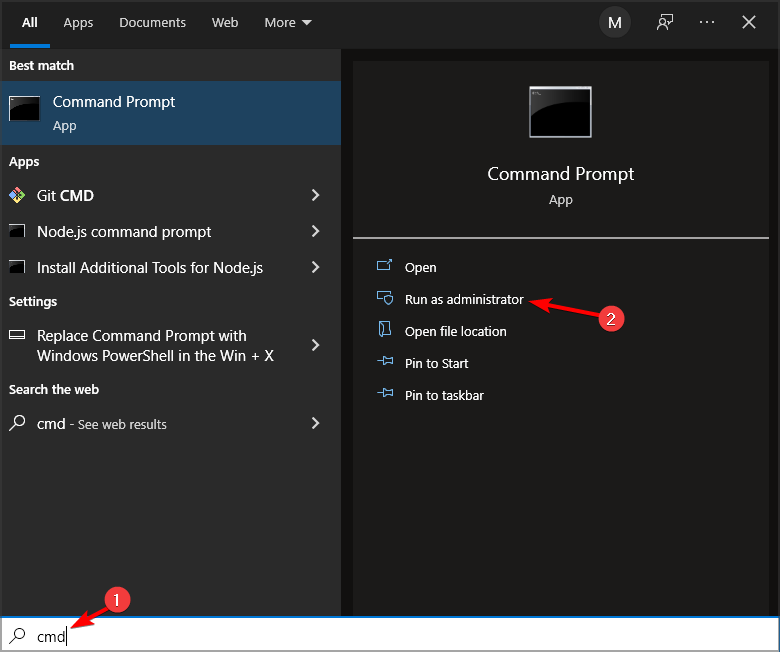
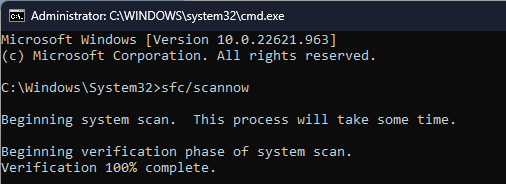

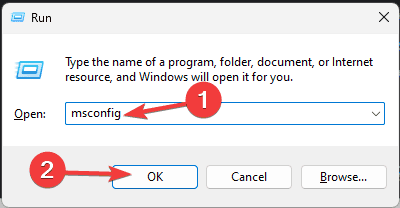

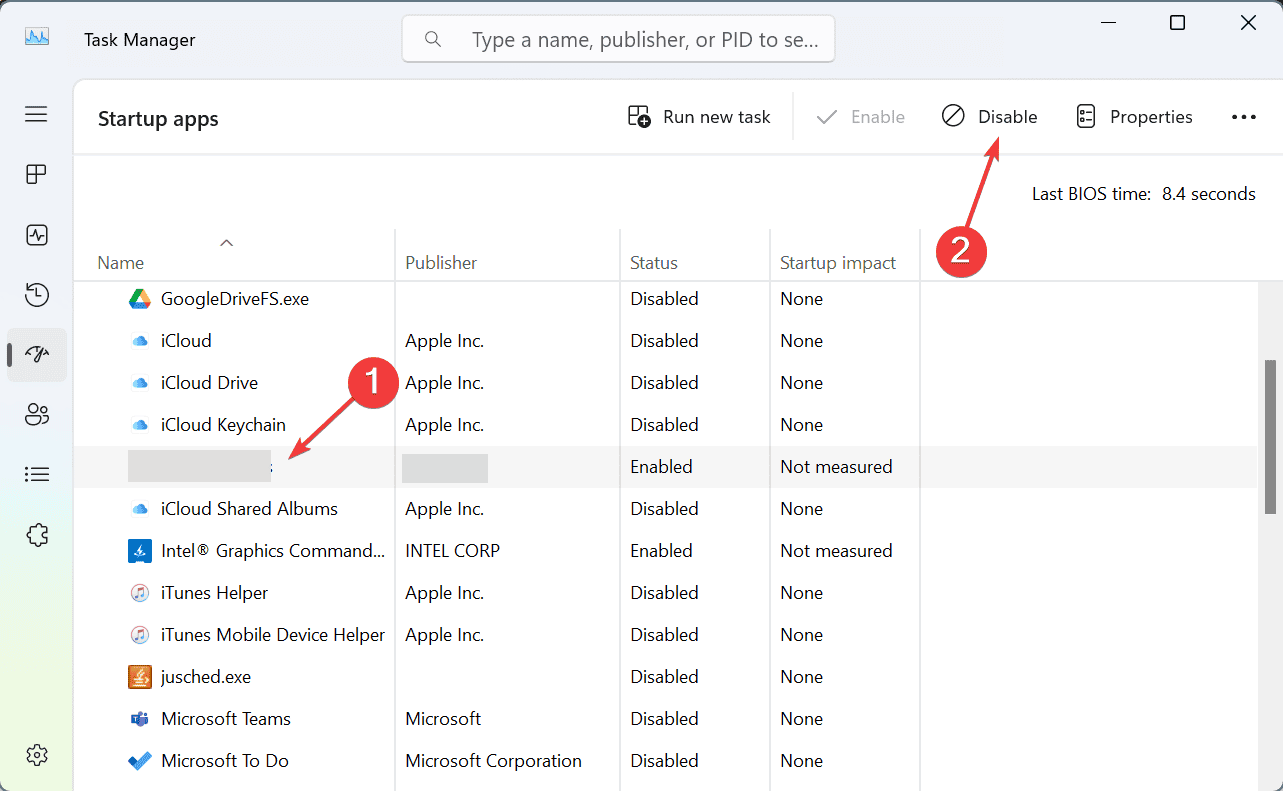
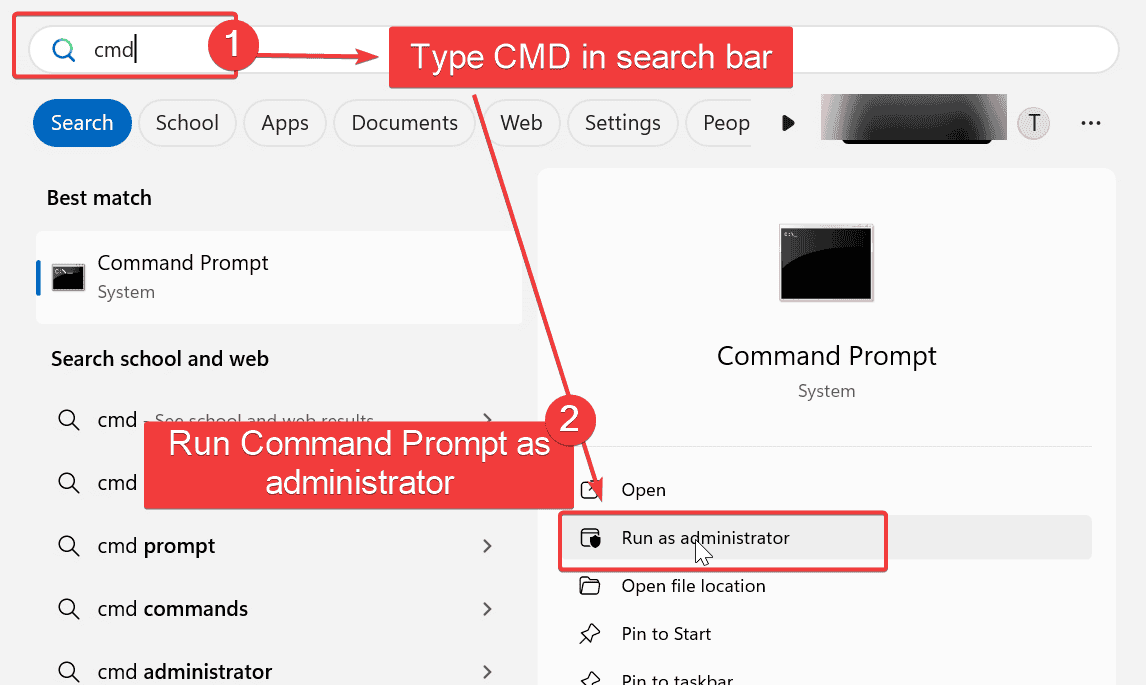
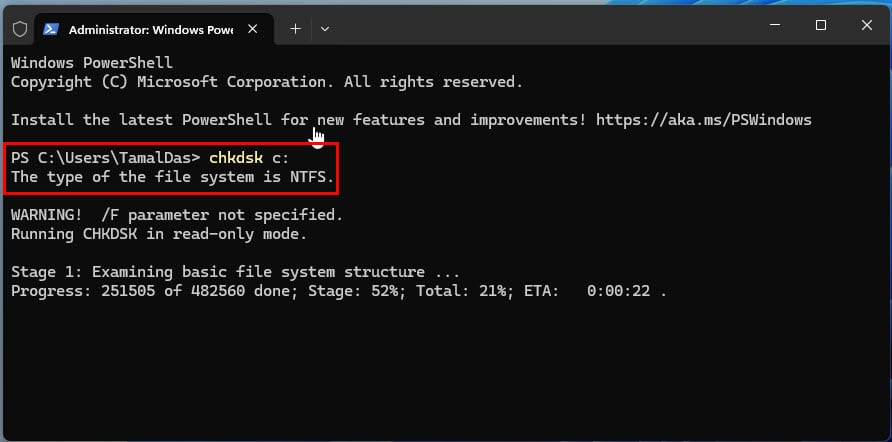
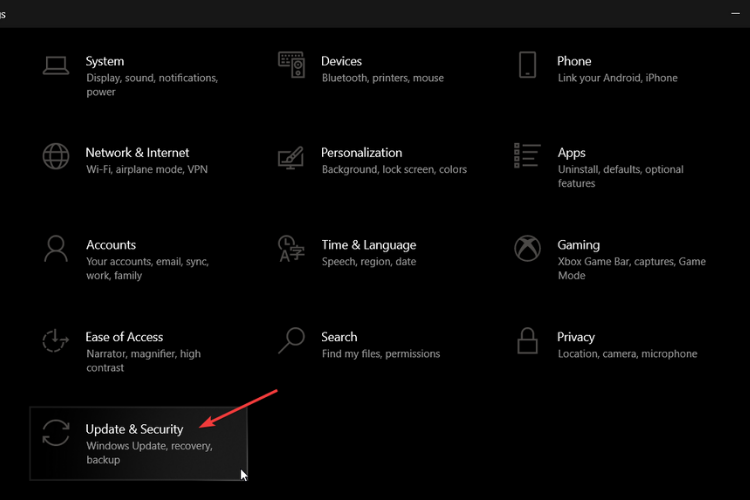

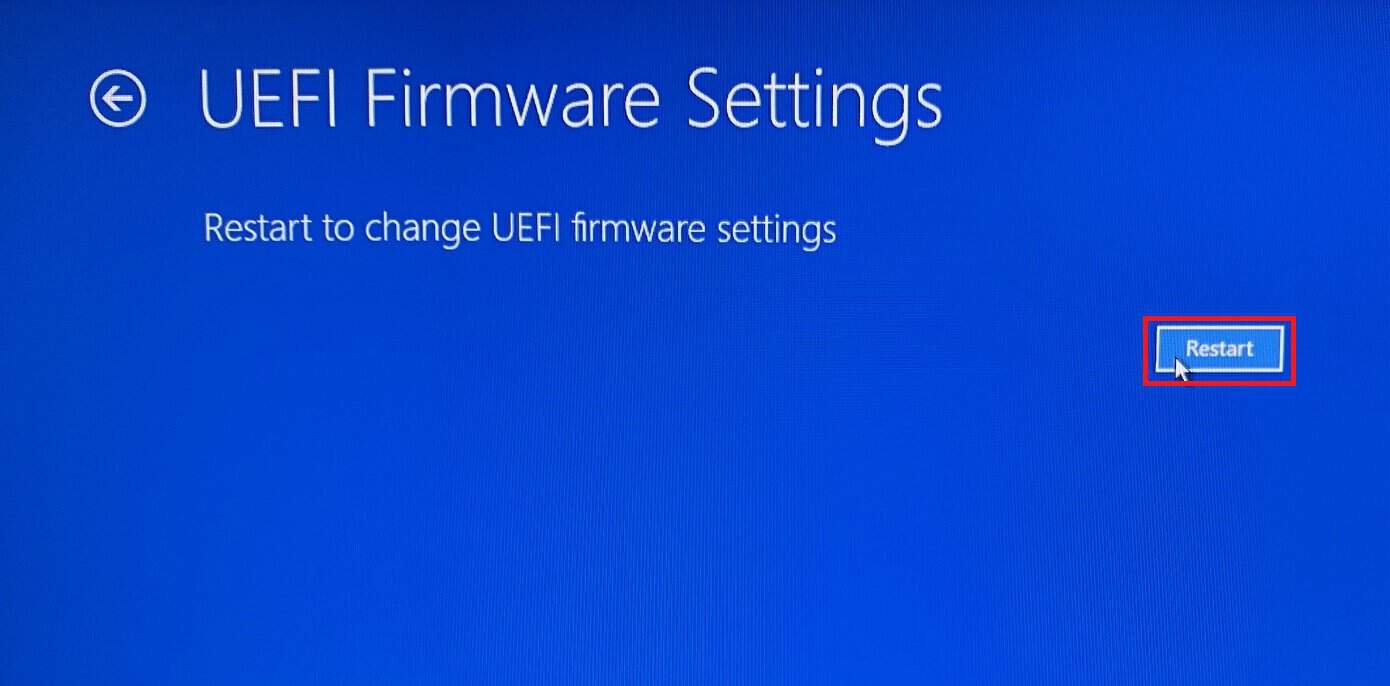
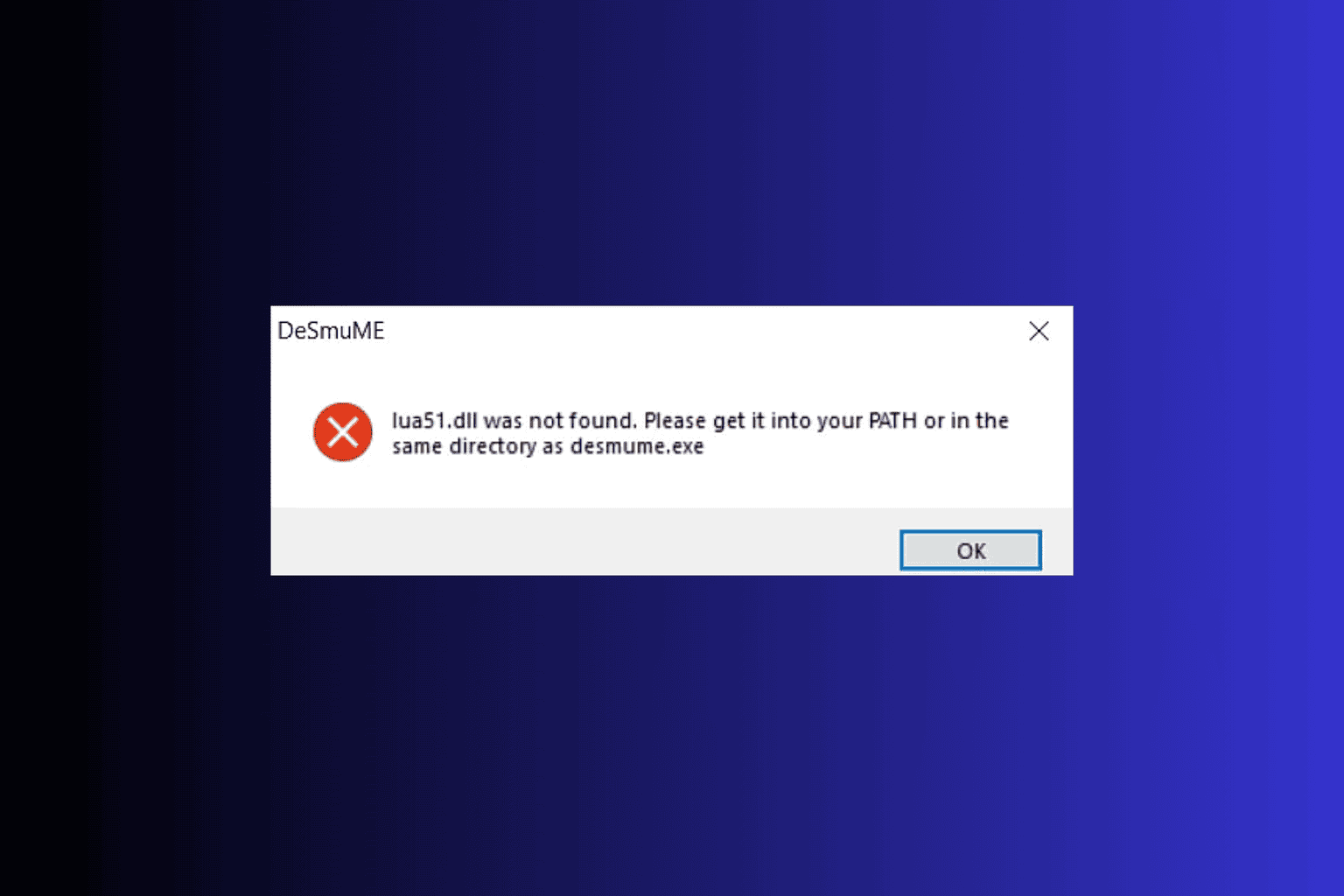

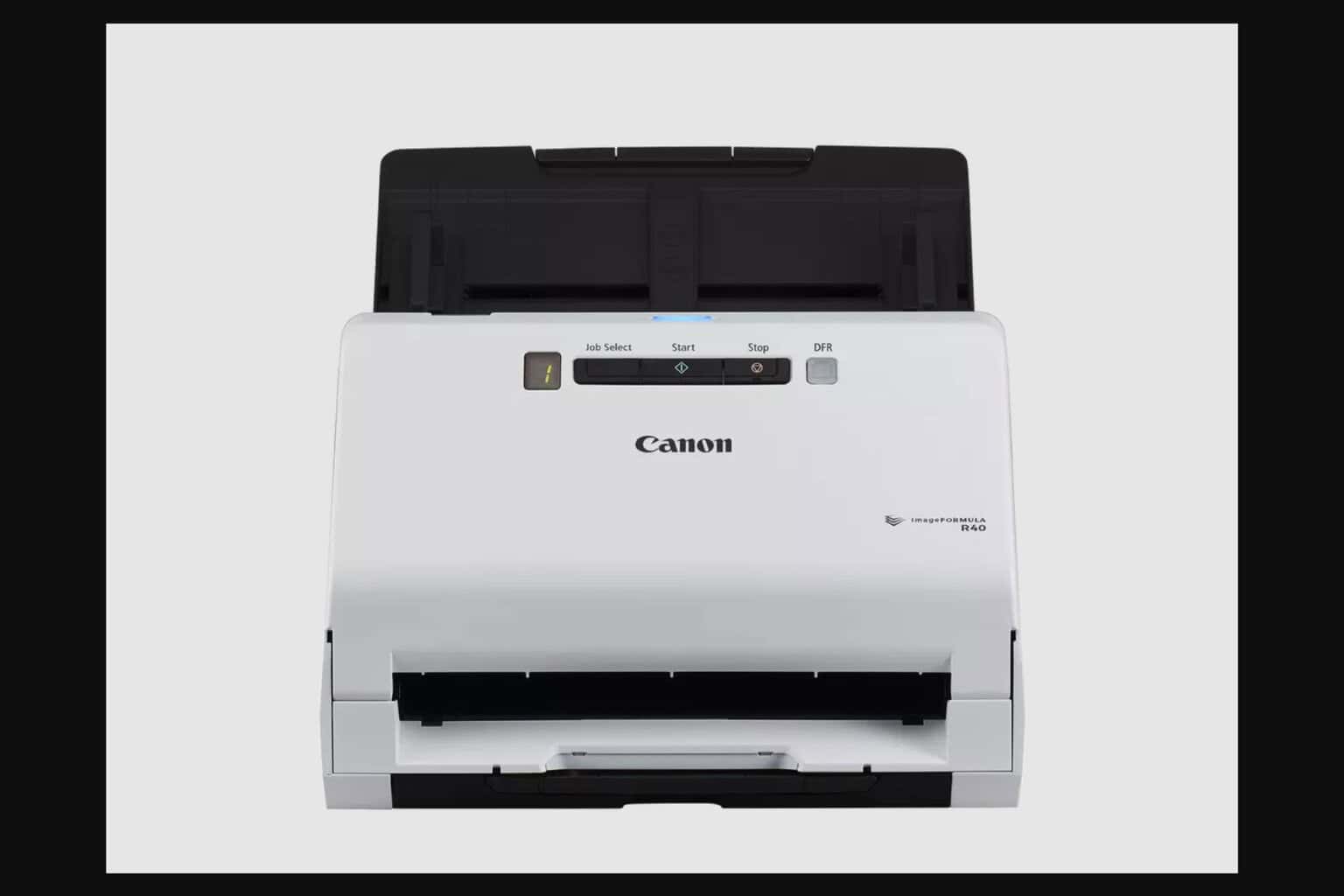
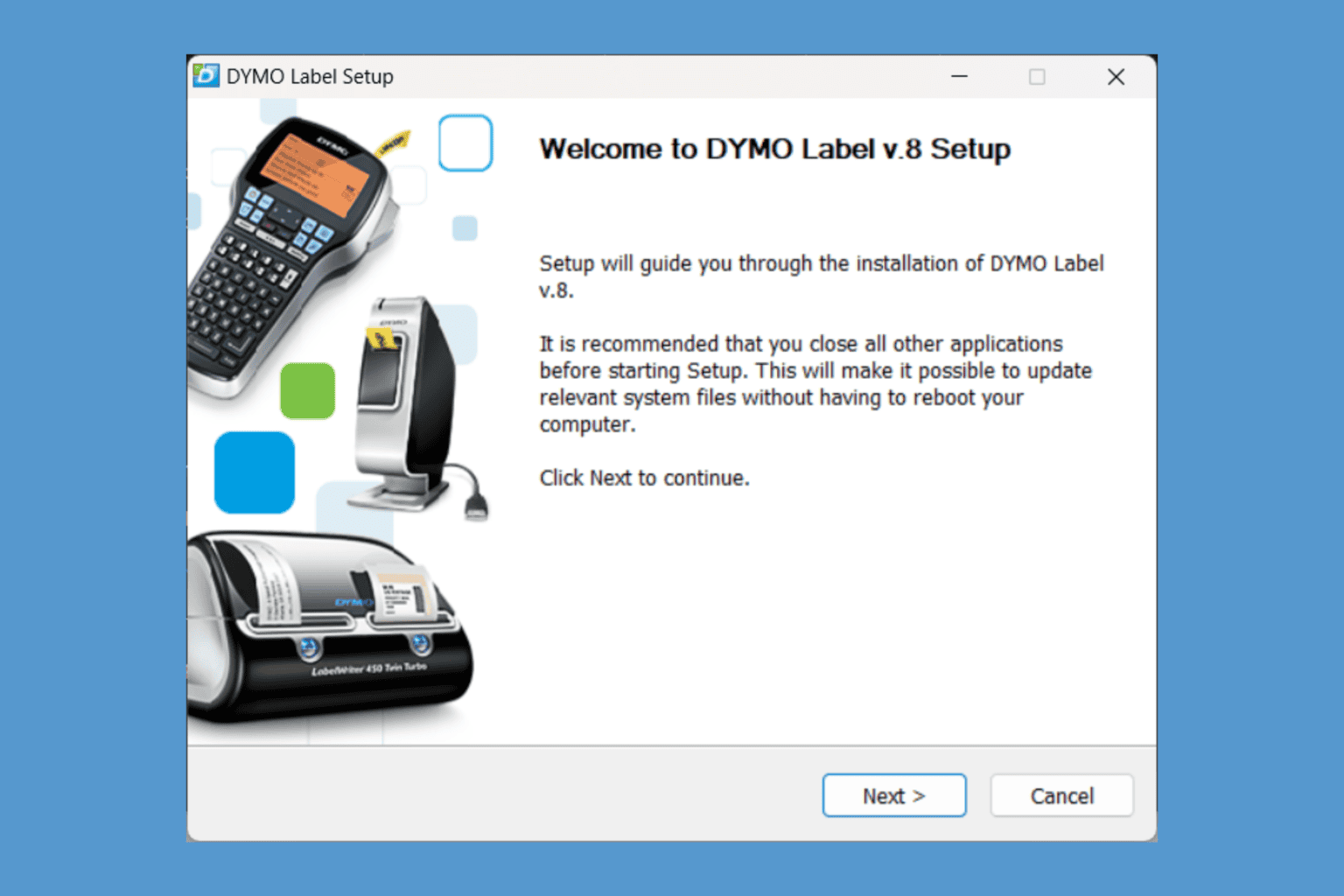
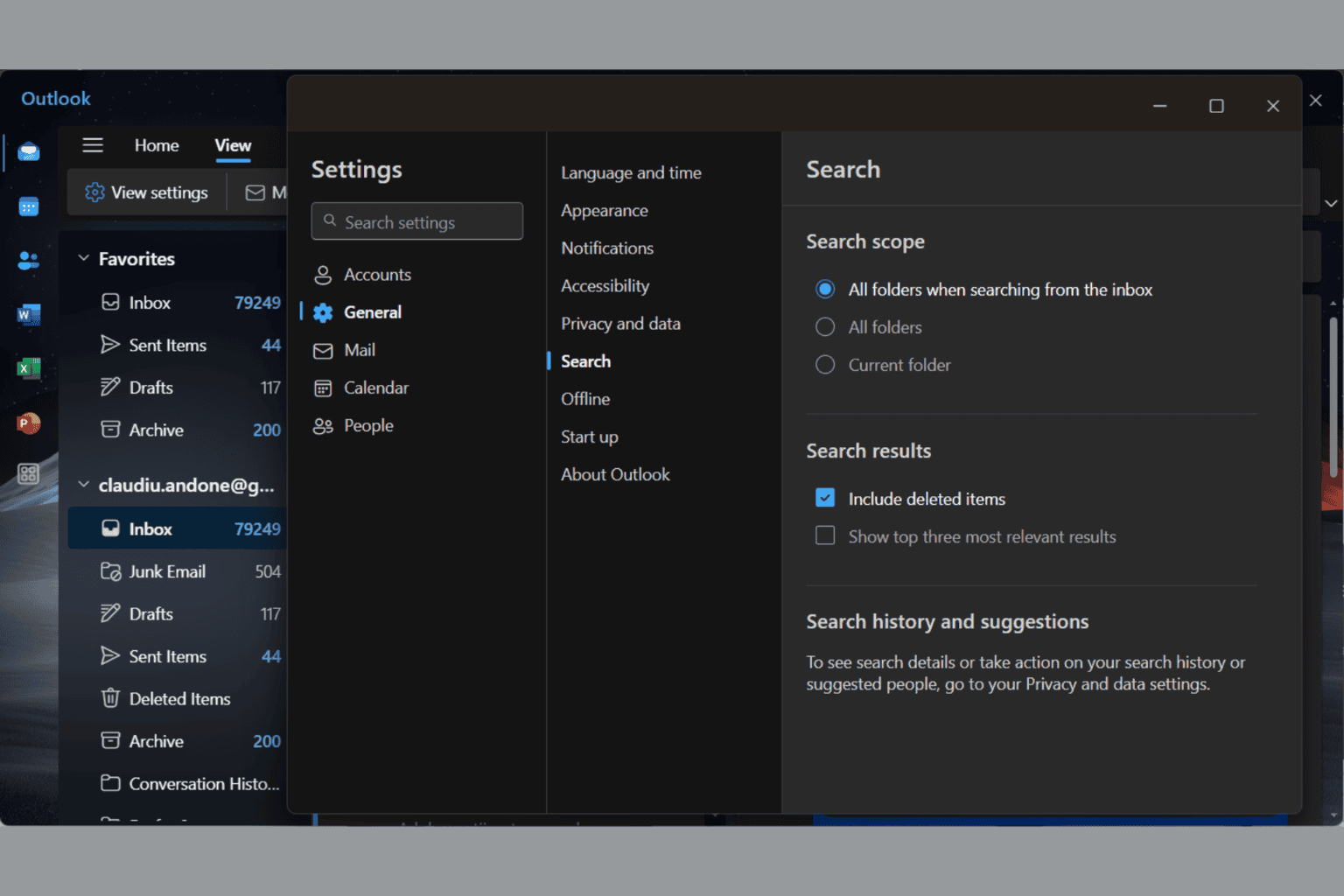


User forum
0 messages